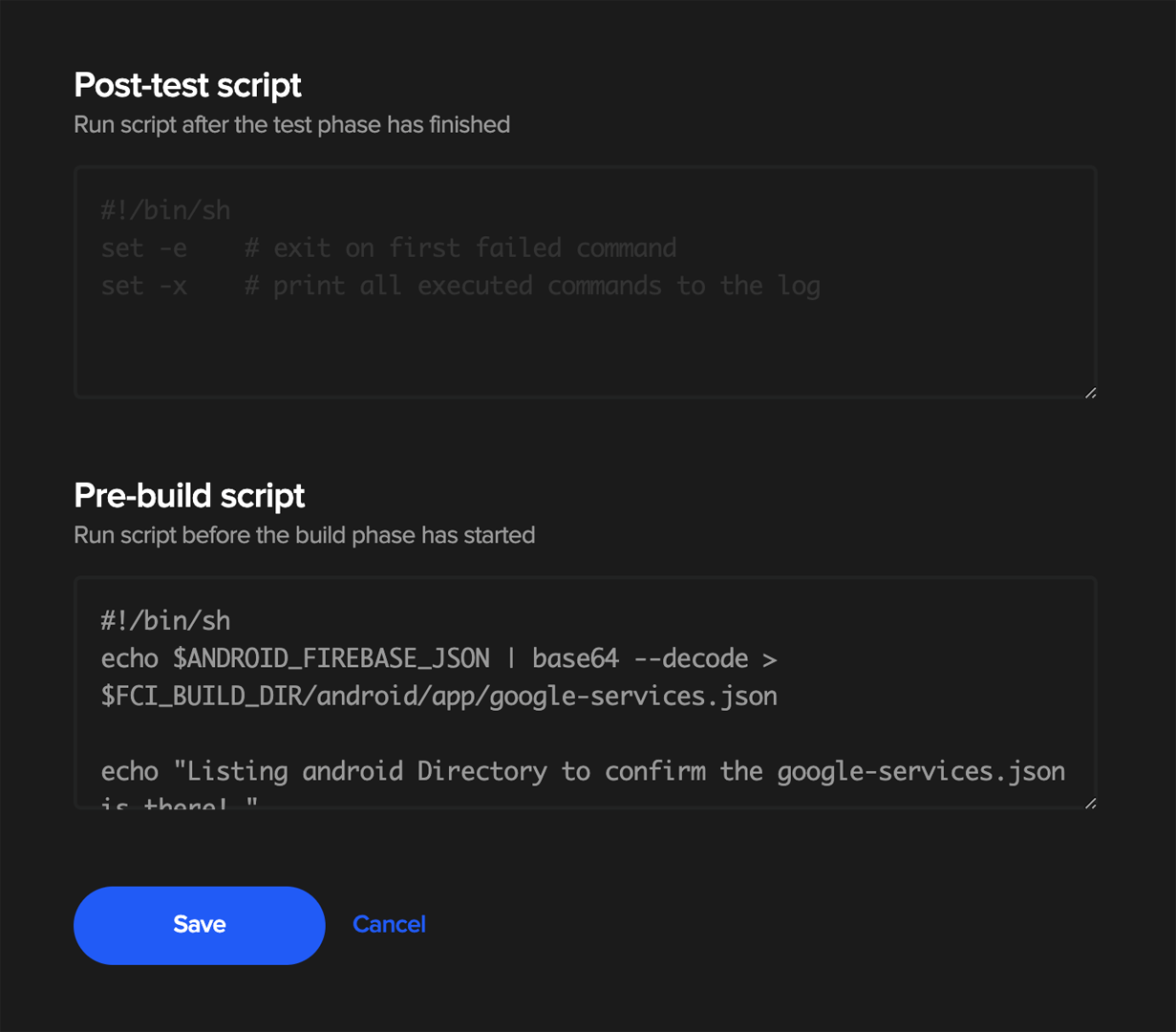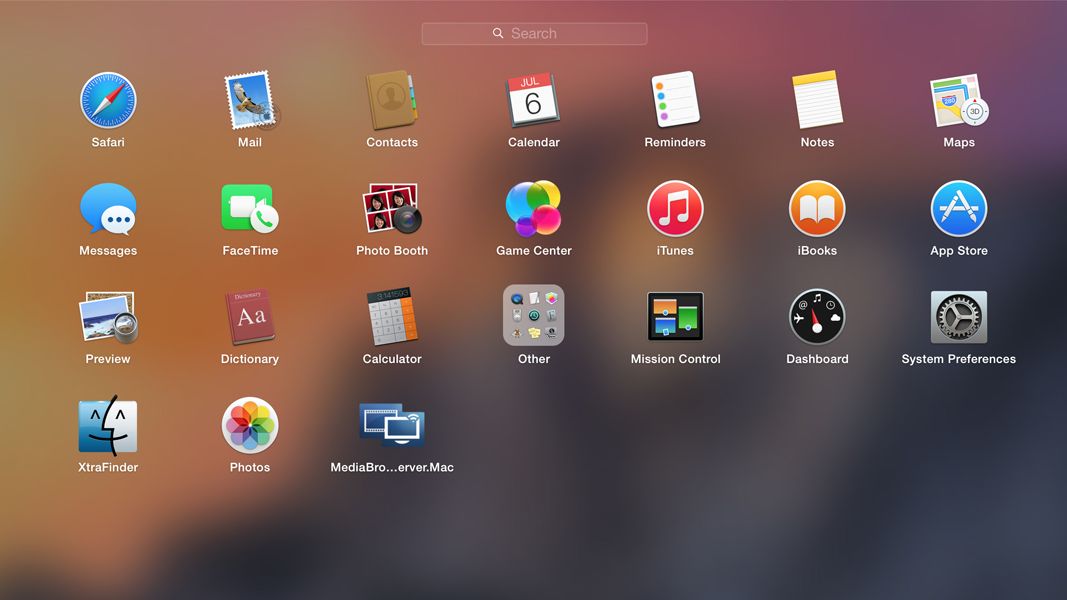Script To Control Location Of Apps On Mac
- Script To Control Location Of Apps On Mac Download
- Script To Control Location Of Apps On Mac Free
- Script To Control Location Of Apps On Mac Windows 10
Jan 03, 2014 If you want to see which apps are currently requesting and using your data, simply click on the little compass icon in the menubar and your Mac will show you. To have a bit more control. Jan 15, 2020 There are few ways to set apps to launch at startup on a Mac and we will explain all the process one by one. How to set apps to launch at startup on a Mac: From the Dock menu The dock is an easy way to get the everyday use app as soon as you open the Mac, but setting the apps to launch at startup will make the process even faster.
| Click here to return to the 'New location for application AppleScripts in 10.8' hint |
- You might wish to Capture Screenshots from your Macro Script to create a Log of Script Execution. Once you do fully understand and control the Applications running on your Windows Computer at the time of intended Windows Automation, you can fully utilize above mentioned Windows Application Control Macro Actions in best possible way.
- Take control of startup and login items. When you turn on your Mac, various apps, add-ons (such as menu extras), and invisible background processes open by themselves. A login script: Login.
Moved my e-mail script which says the name of the sender provided it's either in my contact list or previous recipient list to the correct folder. Despite it working flawlessly before Mountain Lion it now only works sporadically if at all. If anyone has experienced this problem and has a solution, please let me know.
I would also like to get my SpeakMailSender script to work. :-( I'll post here if finding a solution.


OK, I have something that seems to work so far. Replied to the original SpeakMailSender script hint.
http://hints.macworld.com/comment.php?mode=view&cid=130273
@Kirk I thought I mentioned my suspicion that this was due to Sandboxing when I submitted this, but yeah pretty sure this is the culprit. Would have been nice for Apple to warn the user on first launch.
An empty ~/Library/Application Scripts/com.apple.mail exists in my account, but the scripts menu still shows the scripts in ~/Library/Scripts/Applications/Mail, and they run too. Could this be limited to rule scripts?
I've only noticed this being enforced for Mail rule scripts so far. When I submitted, it was specific to Mail but Kirk changed it to be more generic upon publication. Other scripts I use from the Scripts menu work fine still.
Automating the User Interface
Unfortunately, not every Mac app has scripting support, and those that do may not always have scripting support for every task you want to automate. You can often work around such limitations, however, by writing a user interface script, commonly called a UI or GUI script. A user interface script simulates user interaction, such as mouse clicks and keystrokes, allowing the script to select menu items, push buttons, enter text into text fields, and more.
Enabling User Interface Scripting
User interface scripting relies upon the OS X accessibility frameworks that provide alternative methods of querying and controlling the interfaces of apps and the system. By default, accessibility control of apps is disabled. For security and privacy reasons, the user must manually enable it on an app-by-app (including script apps) basis.
Launch System Preferences and click Security & Privacy.
Click Accessibility.
Choose an app and click Open.
When running an app that requires accessibility control for the first time, the system prompts you to enable it. See Figure 37-1.
Attempting to run an app that has not been given permission to use accessibility features results in an error. See Figure 37-2.
Note
To run a user interface script in Script Editor, you must enable accessibility for Script Editor.
Admin credentials are required to perform enable user interface scripting.
Targeting an App
User interface scripting terminology is found in the Processes Suite of the System Events scripting dictionary. This suite includes terminology for interacting with most types of user interface elements, including windows, buttons, checkboxes, menus, radio buttons, text fields, and more. In System Events, the process class represents a running app. Listing 37-1 shows how to target an app using this class.
APPLESCRIPT
Listing 37-1AppleScript: Targeting an app for user interface scriptingtell application 'System Events'tell process 'Safari'-- Perform user interface scripting tasksend tellend tell
To control the user interface of an app, you must first inspect the app and determine its element hierarchy. This can be done by querying the app. For example, Listing 37-2 asks Safari for a list of menus in the menu bar.
APPLESCRIPT
Listing 37-2AppleScript: Querying an app for user interface element informationtell application 'System Events'tell process 'Safari'name of every menu of menu bar 1end tellend tell--> Result: {'Apple', 'Safari', 'File', 'Edit', 'View', 'History', 'Bookmarks', 'Develop', 'Window', 'Help'}
Accessibility Inspector (Figure 37-3) makes it even easier to identify user interface element information. This app is included with Xcode. To use it, open Xcode and select Xcode > Open Developer Tool > Accessibility Inspector.
Once you know how an element fits into an interface, you target it within that hierarchy. For example, button X of window Y of process Z.
Script To Control Location Of Apps On Mac Download
Clicking a Button
Use the click command to click a button. Listing 37-3 clicks a button in the Safari toolbar to toggle the sidebar between open and closed.
APPLESCRIPT
Listing 37-3AppleScript: Clicking a buttontell application 'System Events'tell process 'Safari'tell toolbar of window 1click (first button where its accessibility description = 'Sidebar')end tellend tellend tell--> Result: {button 1 of toolbar 1 of window 'AppleScript: Graphic User Interface (GUI) Scripting' of application process 'Safari' of application 'System Events'}
Choosing a Menu Item
Menu items can have a fairly deep hierarchy within the interface of an app. A menu item generally resides within a menu, which resides within a menu bar. In scripting, they must be addressed as such. Listing 37-4 selects the Pin Tab menu item in the Window menu of Safari.
APPLESCRIPT
Listing 37-4AppleScript: Choosing a menu itemtell application 'System Events'tell process 'Safari'set frontmost to trueclick menu item 'Pin Tab' of menu 'Window' of menu bar 1end tellend tell--> Result: menu item 'Pin Tab' of menu 'Window' of menu bar item 'Window' of menu bar 1 of application process 'Safari' of application 'System Events'
Note
Scripting the user interface of an app can be tedious and repetitious. To streamline the process, consider creating handlers to perform common functions. For example, Listing 37-5 shows a handler that can be used to choose any menu item of any menu in any running app.
Script To Control Location Of Apps On Mac Free
APPLESCRIPT
Listing 37-5AppleScript: A handler that chooses a menu itemScript To Control Location Of Apps On Mac Windows 10
on chooseMenuItem(theAppName, theMenuName, theMenuItemName)try-- Bring the target app to the fronttell application theAppNameactivateend tell-- Target the apptell application 'System Events'tell process theAppName-- Target the menu bartell menu bar 1-- Target the menu by nametell menu bar item theMenuNametell menu theMenuName-- Click the menu itemclick menu item theMenuItemNameend tellend tellend tellend tellend tellreturn trueon errorreturn falseend tryend chooseMenuItem
Listing 37-6 calls the handler in Listing 37-5 to select the Pin Tab menu item in the Window menu of Safari.
APPLESCRIPT
Choosing a Submenu Item
Some menus contain other menus. In these cases, it may be necessary to select a menu item in a submenu of a menu. Listing 37-7 demonstrates how this would be done by selecting a submenu item in Safari.
APPLESCRIPT
Listing 37-7AppleScript: Selecting a submenu itemtell application 'System Events'tell process 'Safari'set frontmost to trueclick menu item 'Email This Page' of menu of menu item 'Share' of menu 'File' of menu bar 1end tellend tell--> Result: {menu item 'Email This Page' of menu 'Share' of menu item 'Share' of menu 'File' of menu bar item 'File' of menu bar 1 of application process 'Safari' of application 'System Events'}
Copyright © 2018 Apple Inc. All rights reserved. Liquid text app for mac. Terms of Use Privacy Policy Updated: 2016-06-13